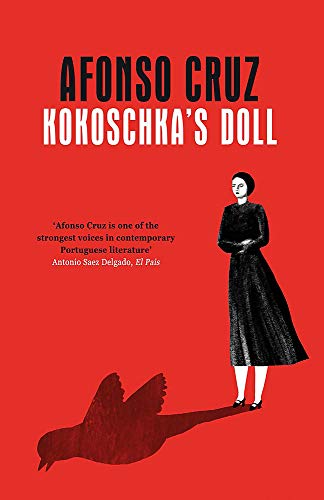Kokoschka’s Doll
Dresden, 1945. A city devastated by bombing. Take two families, their lives splintered into a kaleidoscope. Twist the tube, the glass fragments shift. Twist again. To add to the dislocating nature of the story, it turns out to be partially based on a true and weird tale – the doll in the title was a life-sized one commissioned by the artist Oskar Kokoschka to remember his lost lover, and the characters’ narratives revolve around this image. The main protagonist is Isaac Dresner, whom we meet as a young boy sheltering from the Nazis in the cellar of a bird shop belonging to simple-minded Boniface Vogel, who thinks the voice from under the floorboards is the voice of God – which demands water and food offerings to be left. We follow their shifting relationship and dislocations in time and place until Dresner is an adult, caring for Boniface as a father. Linked is the story of Mathias Popa and his relations, one of whom is swept into the Dresner/Boniface relationship. Popa narrates a story-within-the-story, of the doll; its fate is linked to this family and its retainers. This story then dictates the final twist of the kaleidoscope…
Not an easy read, this, but if you can follow the fractured narratives, interesting. I found myself admiring the author’s skill at writing vignettes rather than being drawn to any of the characters. This book is a winner of the European Prize for Literature, so if you enjoy vivid imagery, tight writing, and ambiguity, it may be for you.










